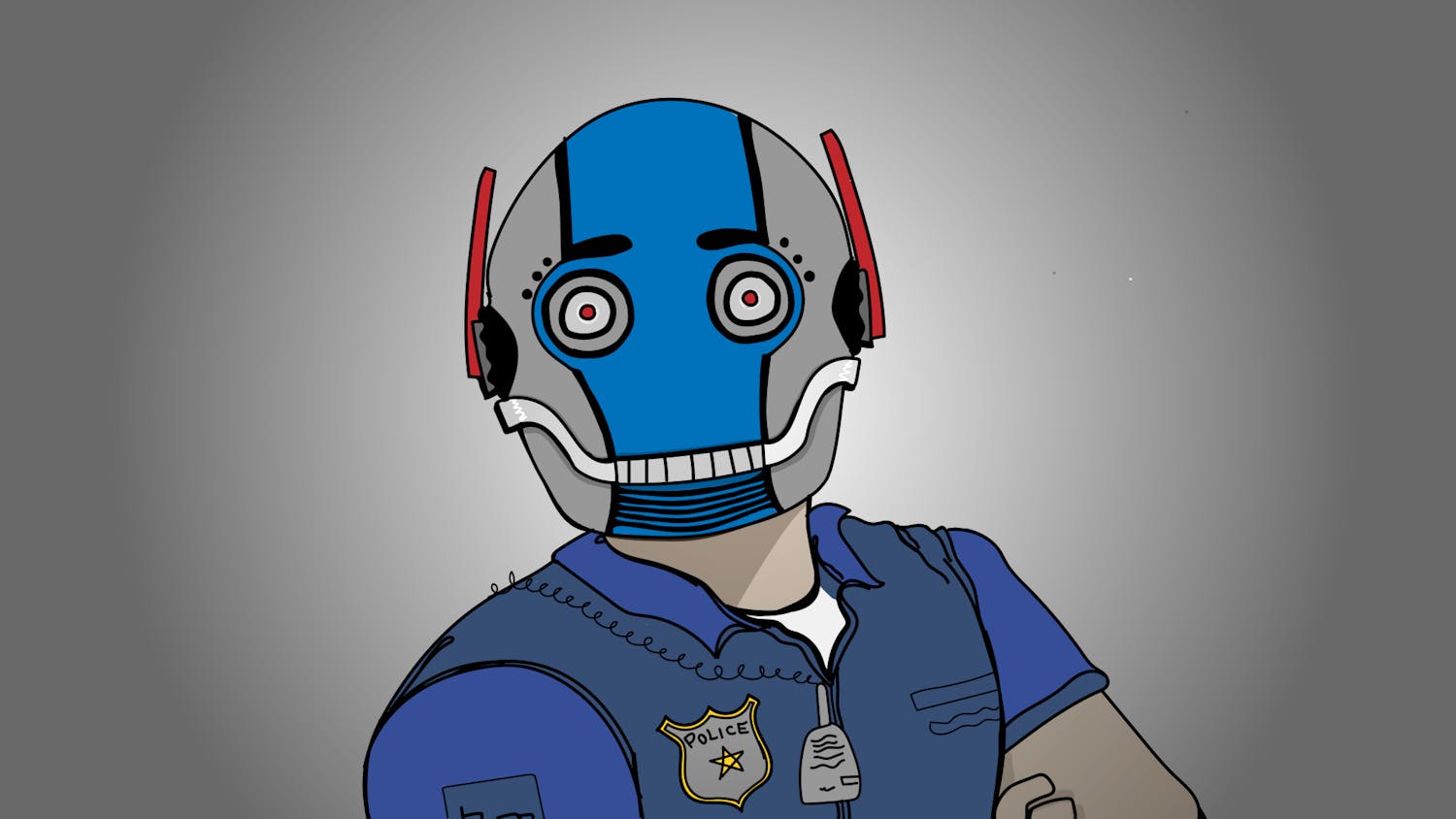This past Monday, the United States Postal Service issued a stamp commemorating the 50th anniversary of Buckminster Fuller's patent for the geodesic dome. \nBuckminster Fuller (1895-1983) was an inventor, architect and futurist whose innovations ranged from three-wheeled "Dymaxion Cars" to prefabricated "Dymaxion Bathrooms." For those of you who haven't been to Epcot Center, the geodesic dome is a spherical structure with a framework of interlocking triangular and circular panels.\nAccording to a June 23 USPS press release: "Lightweight, cost-effective, and easy to assemble, geodesic domes enclose more space without intrusive supporting columns than any other structure, efficiently distribute stress, and can withstand extremely harsh conditions." \nFifty years! And how many of these sturdy, efficient edifices of tomorrow do you see today?\nThat's right: bugger all.\nI can't speak as to the value of geodesic domes relative to regular buildings. They could be more or less efficient, more or less advanced -- you'll have to e-mail a Purdue geek to answer that question. But their scarcity is symptomatic of a larger problem facing modern society: We live in the future, and it's lame.\nWe do have some "Jetsons"-esque devices: robot vacuum cleaners, videophones, laser weapons and mechanical arms wired to monkeys' brains. And there are some things that would make mid-20th century scientists' heads explode: the Internet, the pervasive influence of computers, cloning, We're so much in the future that science fiction visionary William Gibson set his latest cyberpunk book, "Pattern Recognition," in the present day.\nBut then we haven't set foot on the moon in over 30 years. The shuttle -- reusable but limited to Earth's orbit -- is a supreme victory of "cost-effectiveness" over vision. It's the Yugo of space travel. Meanwhile, in contrast to the PanAm space-plane of Stanley Kubrick's "2001," the first private spacecraft -- seating one person and reaching only 408 feet past the international boundary for space -- only flew on June 23 of this year. We still haven't sent a person to Mars. The "bold" plan proposed by the Bush administration doesn't have it happening before 2030, and it looks likely to be a casualty of partisan bickering. \nIt gets worse. Interplanetary spacecraft, after all, are a tall order -- shuttles alone are exceedingly complex and expensive. But what about jet packs? Well, jet packs were around in the mid-1960s. The Bell Aerospace Rocket Belt made a cameo appearance in the James Bond movie "Thunderball." But when was the last time you took one to class?\nAnd we are still missing the sine qua non item of the future. A device whose existence is so intertwined with the American portrait of technological advancement that it has appeared in everything from "Blade Runner" to "Back to the Future," "Star Trek" to "Star Wars." I speak, of course, of the flying car.\nAccording to Retrofuture.com, a flying car, the Consolidated Vultee Aircraft Company's ConvAIRCAR, was built and flown around San Diego in 1947. Unfortunately the prototype crashed several days later, and lack of demand and bad publicity killed the project. Retro Future writes that "over 30 patents for flying cars (were) filed (in the 20th) century in the United States alone," but all have been stopped not only by engineering limitations, but Federal Aviation Administration regulations and insurance costs.\nThus we come to the reason why the future is so dull. It is not by the immutable laws of physics, but because we left bureaucrats, lobbyists and lawyers unchecked. There was no public pressure against their conservative inertia, no courage to temper their caution.\nWe let them decide the future for us.
The future's not so futuristic
Get stories like this in your inbox
Subscribe





